Storm Dennis caused a damaging burst of the river bank in Cardiff, what’s the potential solution to this problem?
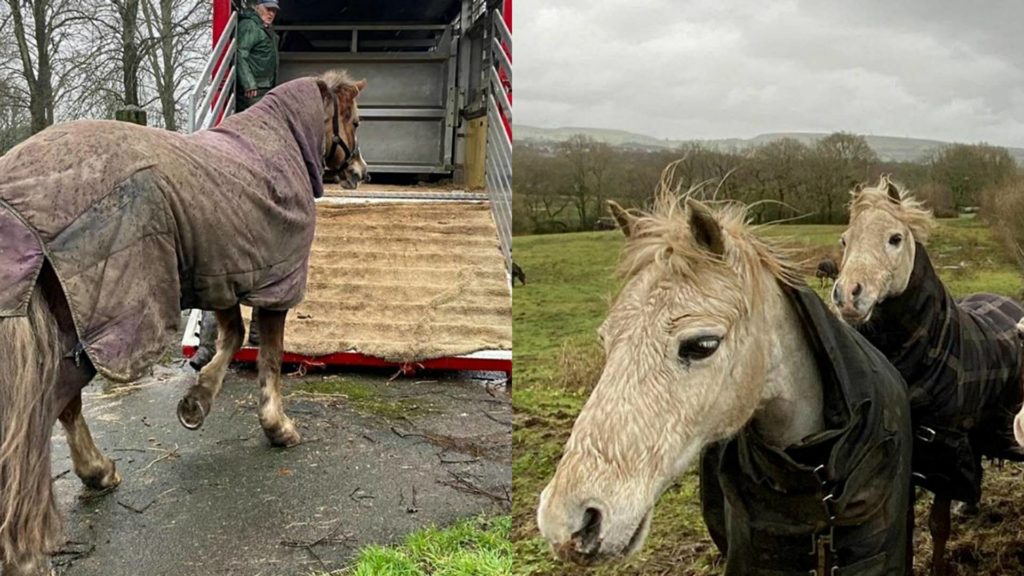
photo/ Cardiff Riding School
Gloria Garrington had to make an urgent decision now. The raging water at Blackweir Bridge rising rapidly to the top of the flood bank, it could burst at any time. If the flood surrounded a nearby stable, forty-three horses would be in danger. She phoned the people with lorries and evacuated all the horses in an hour and a half.
“I feel quite stressed because there are lots of horses and stuff here. I knew it would cost a lot of money as well,” said Gloria Garrington, assistant manager of the Cardiff Riding School.
Cardiff Riding School located in Pontcanna Fields was one of the more severely affected areas of Cardiff after being hit by Storm Dennis last Saturday. Devastating flooding scenarios can also be seen at the Bute Park, Llandaff near river Taff and the Forest Farm in Whitchurch.
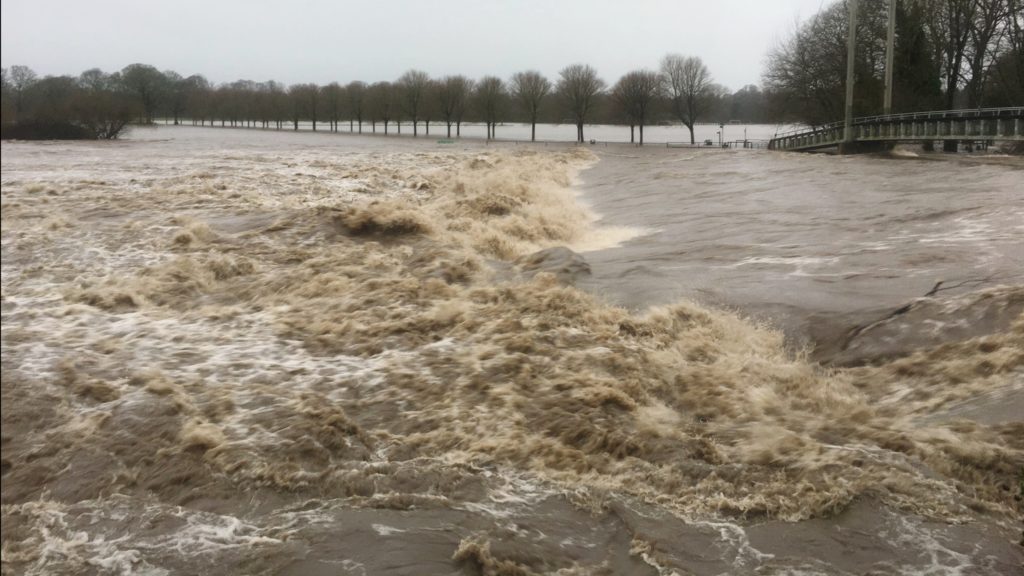
The leader of Cardiff council Huw Thomas told ITV Wales News: “Cardiff saw the highest river flows on record since the barrage was built in 1999.” For how to solve the catastrophic flooding problem, many experts have already proposed their solutions. One of the potential approaches is tree planting.
According to a report from the universities of Birmingham and Southampton, up to 20% drop-in flood heights can result from tree planting around the river. But it needs a more strategic method-bringing the tributaries into the mainstream, then plant trees around the area to allow the stream to form its own twists and turns, and making dead wood of the forest block the floods where it is going.
However, Michael Singer, Senior Lecturer in the School of Earth and Ocean Sciences at Cardiff University, said that tree planting could have impacts on local lives but it didn’t have a general impact on the whole catchment. A very developed forest ecosystem is also needed.
“When the rain falls, some of the water will get stored in the tree canopy, and then gradually make its way down to the stem and to the roots,” said Michael Singer. “You (developed forest ecosystem) can mitigate a lot of rainstorms that could potentially cause a flood, but that’s so far away from the UK.”
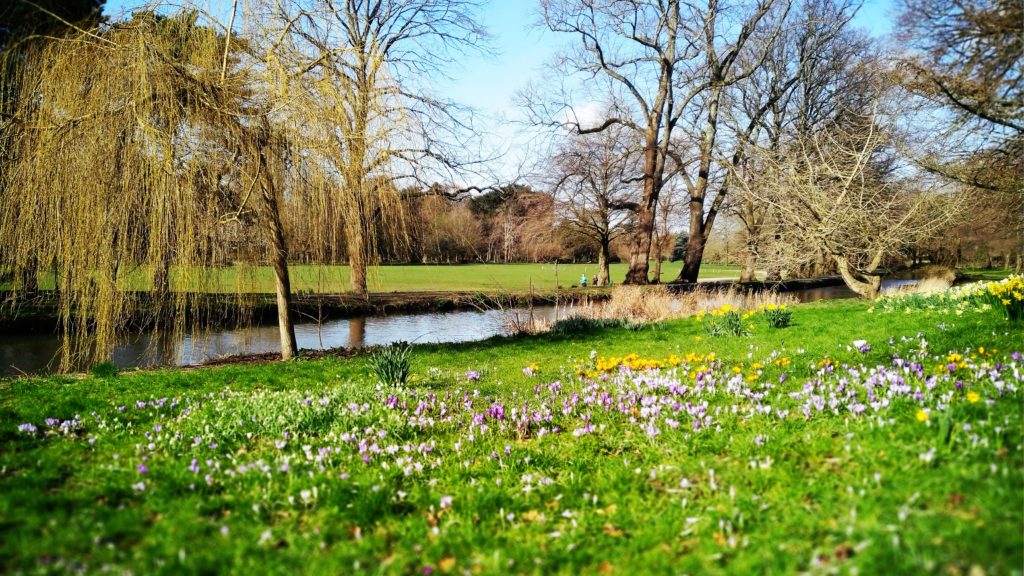
Despite the shortcomings of natural ecosystems, there are still other ways to manage floods. Roath, one of the suburbs in Cardiff, has burst its banks several times due to the high flow of the river in recent years. Under the funding from the Welsh Government, Natural Resources Wales (NRW) has developed a Flood Risk Management Scheme (FRMS) for Roath in 2015.
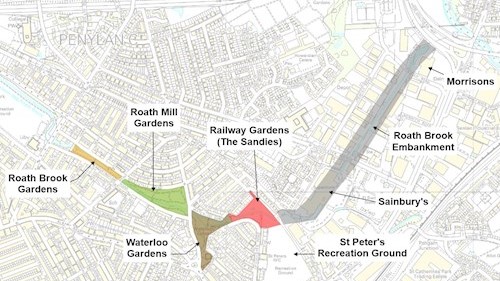
Photo/Roath Flood Scheme
This scheme quickly intensified tensions between residents and NRW. The conflict focuses on chopping down more than 100 trees to widen the river channels and meet the standard of flood protection.
Roath resident Rachel Lewis said: “These are kind of trees standing right down in the water, giving natural character to the river bank, they have all been taken now.”
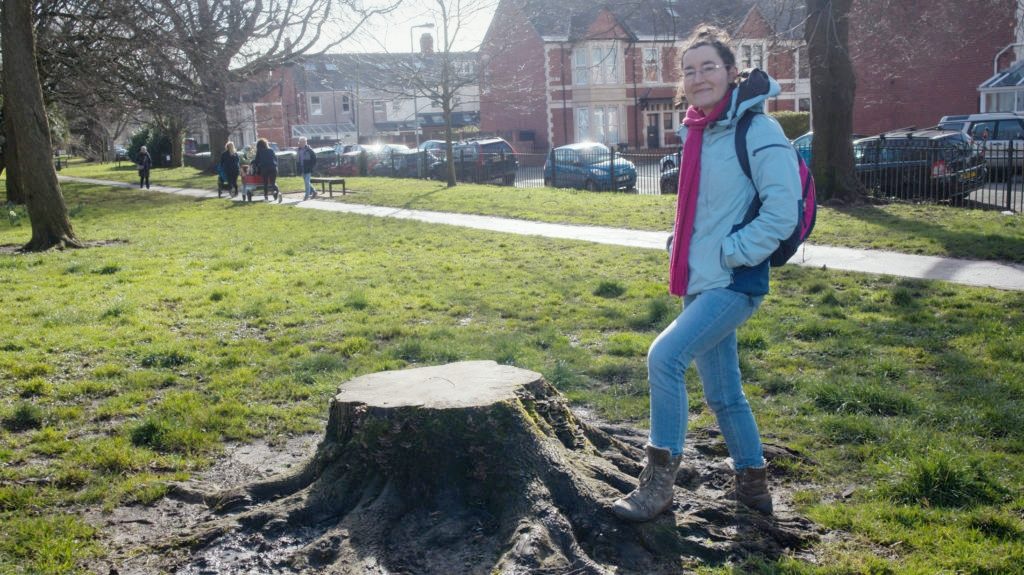
Flood walls and embankments have been built in Roath Mill Gardens, Waterloo Gardens and Railway Gardens. The FRMS said they would soften these hard features with urban landscaping.
“I don’t come here [Waterloo Gardens] anymore, it makes me want to cry because I lived in Cardiff for 35 years. The park that I love has gone,” said Rachel Lewis. “You can see how formal the park [Roath Mill Gardens] is now…trees like willows, it’s part of the beauty of the river, and all these trees have been removed, we got bushes now. It has gone from the wild.”

Rachel Lewis’ sense of urgency to protect trees is particularly important. Especially since Cardiff has been nominated as one of the most at risk cities from global warming one month ago. Nestpick funded research warns that sea level rising is a huge issue for Cardiff.
In response to these findings, a Cardiff Council spokesman told Wales Online that Cardiff Council was working with Welsh Government to reinforce its coastal defences so that they can deal with predicted rises in sea levels caused by the climate emergency.
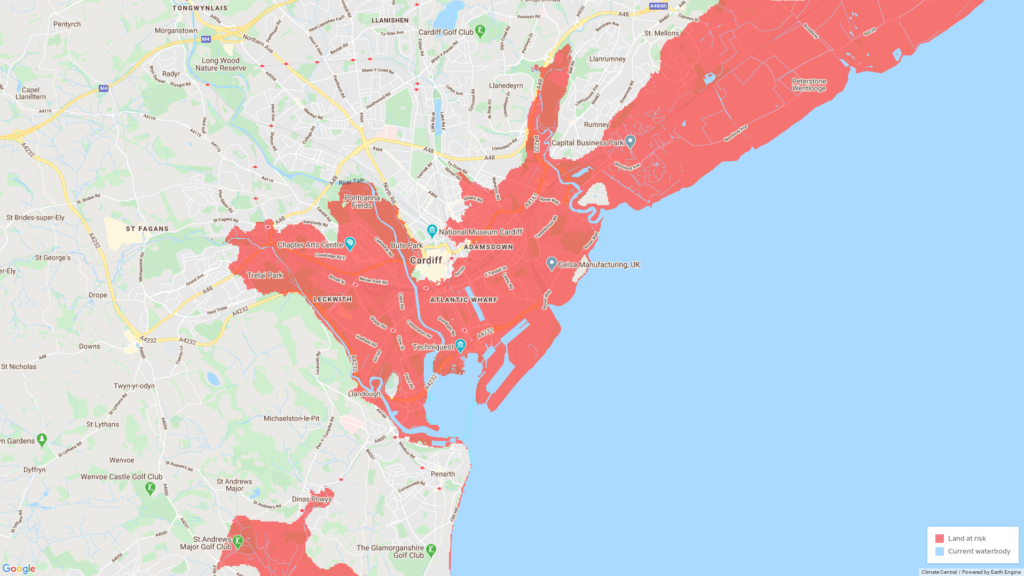
Wales attempts to face this climate crisis by cutting up to 80% of carbon emissions by 2050. Michael Singer said tree planting was a cheap solution for problems related to Carbon and this was a straightforward solution which generally appealed to people.
But other experts believed that Cardiff didn’t show sincerity to solve this problem. Anthony Geddes, Confor’s Wales manager, told North Wales Live five months ago: “Delays in processing tree planting grants under Cardiff’s Glastir Woodland Creation scheme mean few woodlands will be established this winter anyway. If Cardiff was serious about climate change, it needed to allocate more money for tree planting.”
Sometimes, the public’s love of trees conflicts with the government’ s plans for the land as well. In Suffolk House of Canton, protestors chained themselves to the mature trees to stop developers felling them in January.
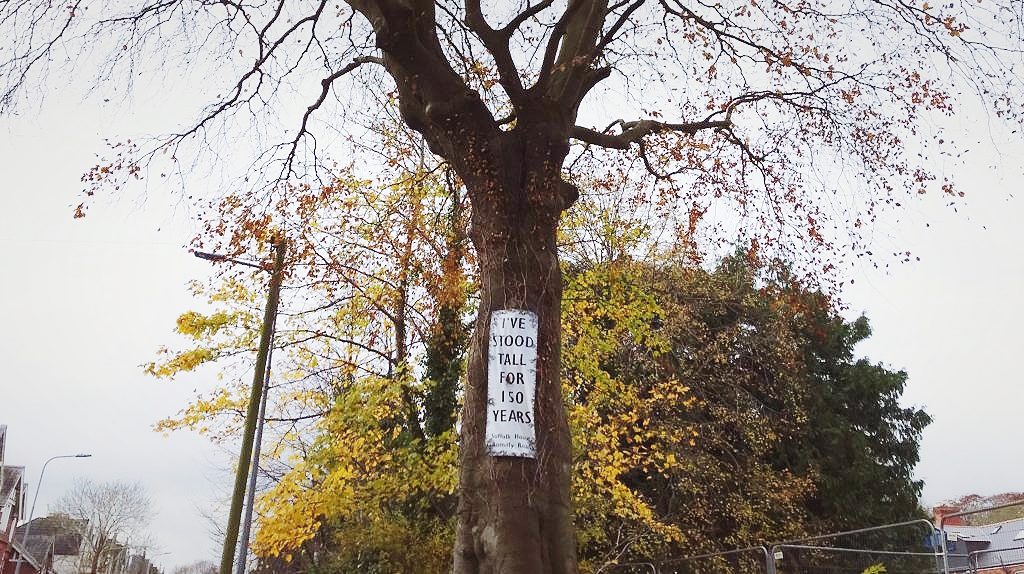
Despite residents’ protest, the Cardiff Council has given the planning permission to developer Quin and Co to turn the Suffolk House into 17 new homes on last year’s March.
Conservationists emphasized the irreplaceability of mature trees. Nigel Pugh, of the Woodland Trust, told the BBC: “They create a microclimate here …we’ve got to start prioritizing the climate emergency and address this now.”

To tackle the climate crisis, Michael Singer said tree planting was not the only solution. “I think there are other things they have to happen as well, regulation of businesses, government involvement in new schemes to limit Carbon.”
After the flooding incident, horses returned safely to the Cardiff Riding School the next day. Some of them have not left the school for 20 years. Gloria is worried about the coming of the next storm.
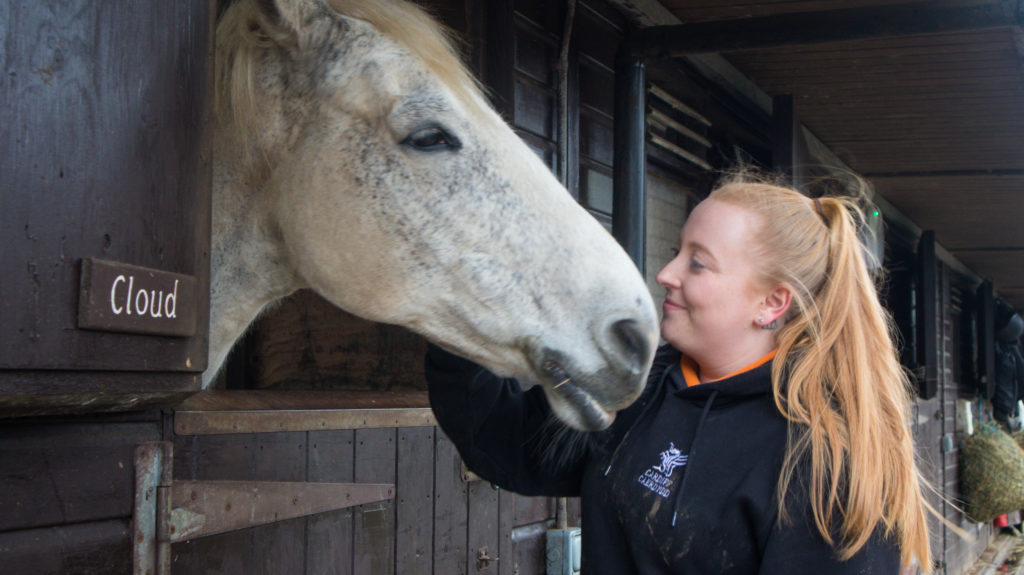
Despite the uncertain time, the Met Office confirmed that Ellen would be the next storm to hit the UK. “Having done it (transferring the horses) once and realizing it is endurable. I feel a little bit more confident that I know what I would be doing,” said Gloria Garrington.
